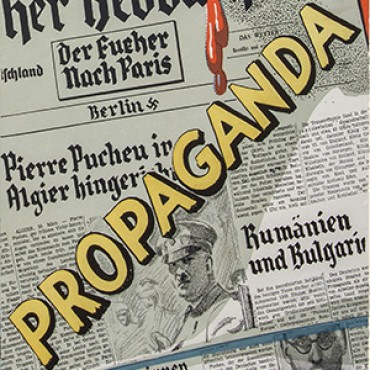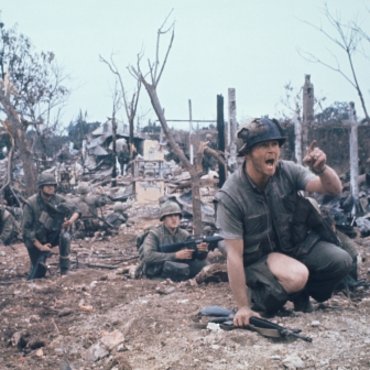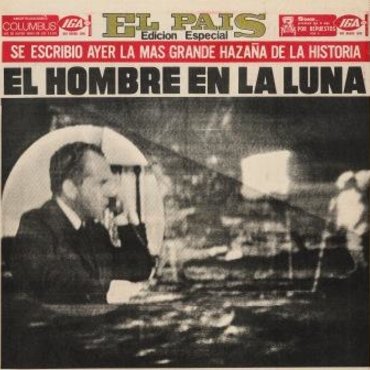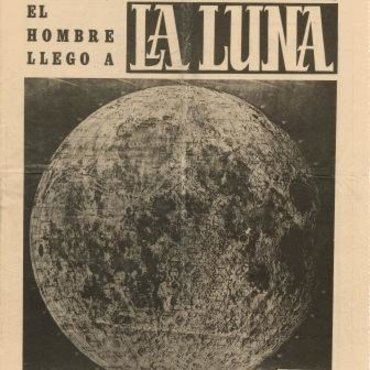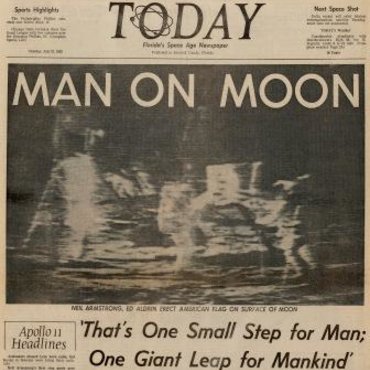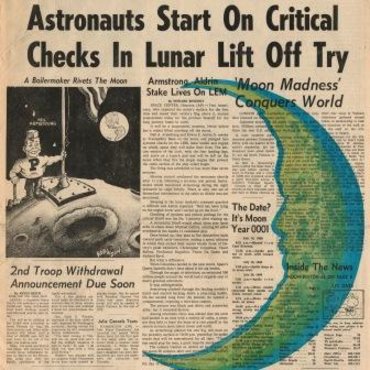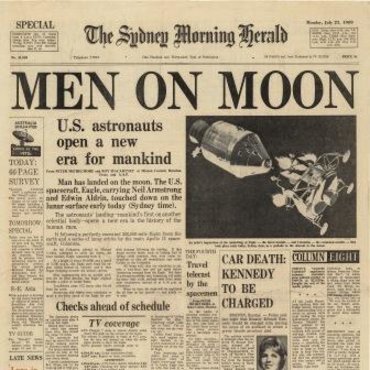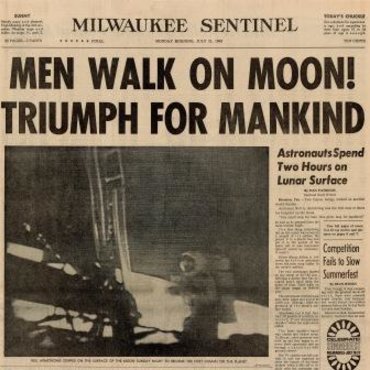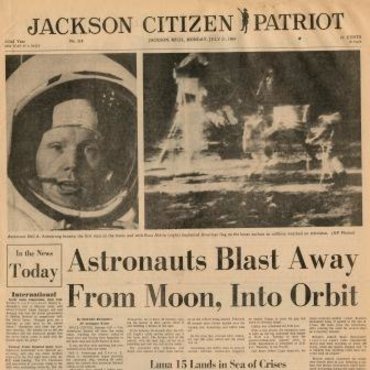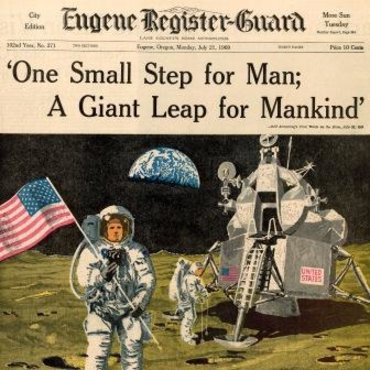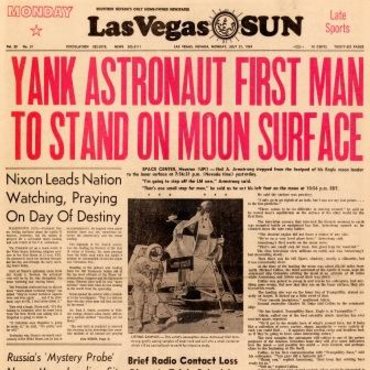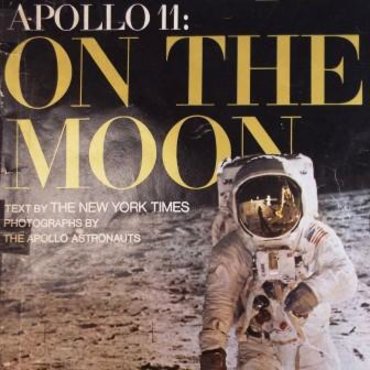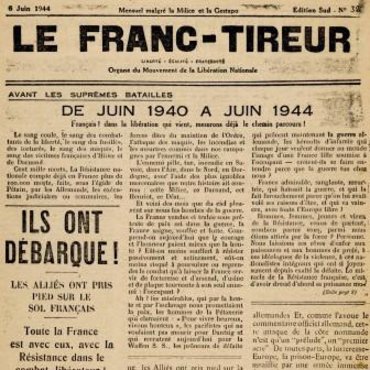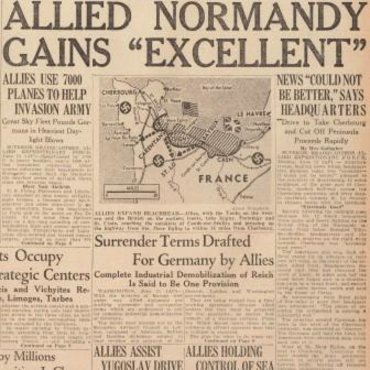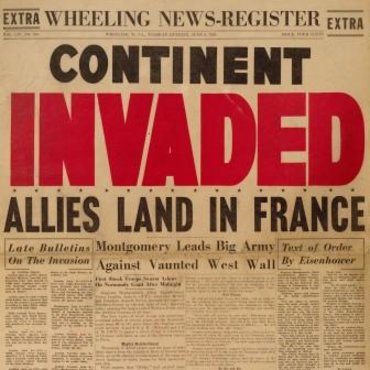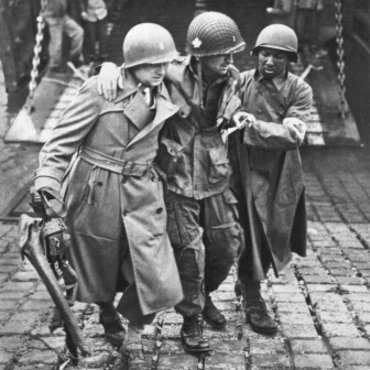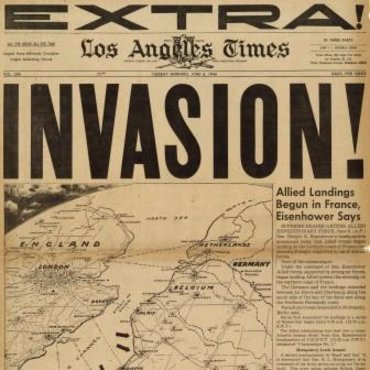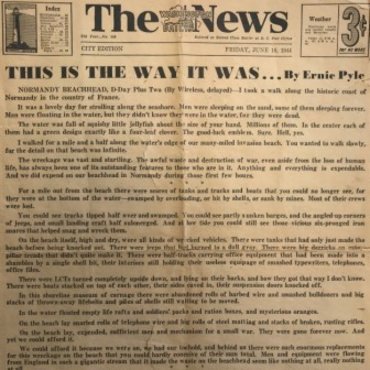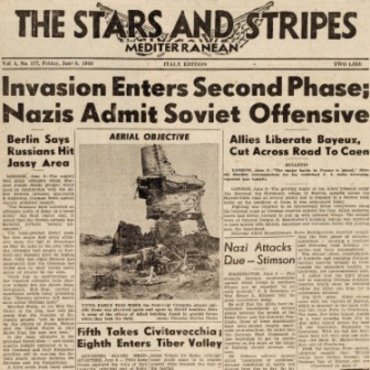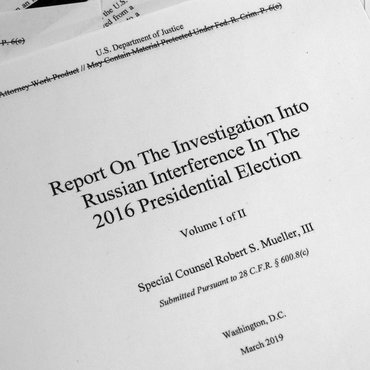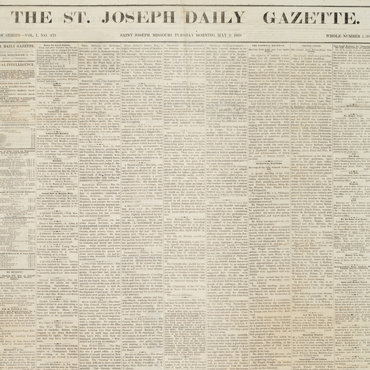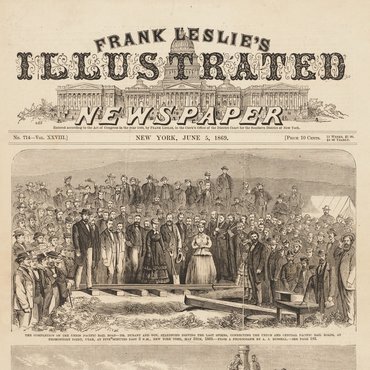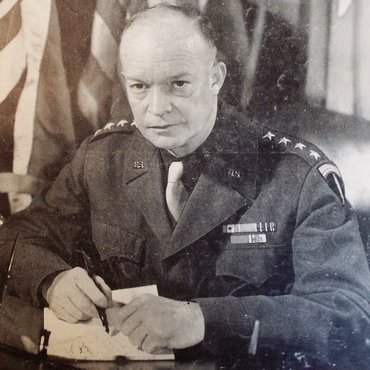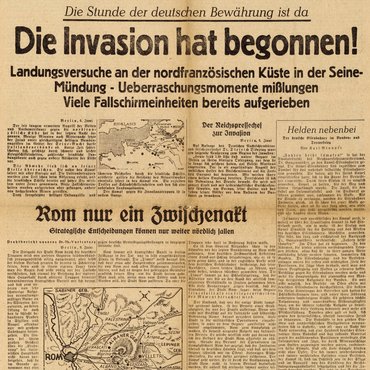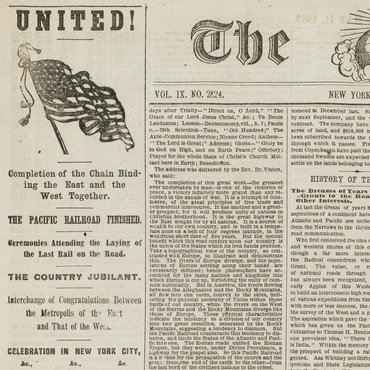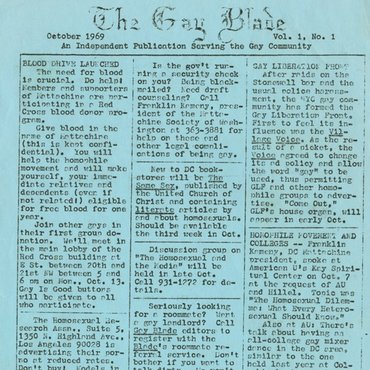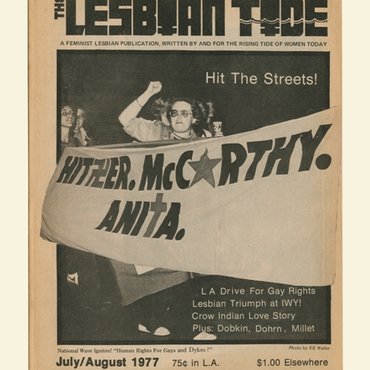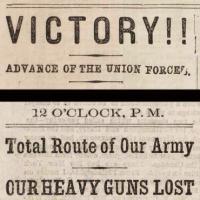
Lesson Plan
When the News Media Make Mistakes
Freedom of press doesn’t promise perfection. By exploring corrections, students learn why the news media make mistakes and what happens.
Get even more great free content!
This content contains copyrighted material that requires a free NewseumED account.
Registration is fast, easy, and comes with 100% free access to our vast collection of videos, artifacts, interactive content, and more.
Sign Up
?
NewseumED is provided as a free educational resource and contains copyrighted material. Registration is required for full access. Signing up is simple and free.
With a free NewseumED account, you can:
- Watch timely and informative videos
- Access expertly crafted lesson plans
- Download an array of classroom resources
- and much more!
Duration
30-60 minutes
Topic(s)
- Journalism
Grade(s)
- 6-12
- Ask your students, do you think journalists ever make mistakes? Discuss why this might happen.
- Ask your students if they are familiar with the First Amendment? Discuss how it allows news media to publish mistakes.
- Explain that the freedom of press is central to the lesson. Ask them what the freedom of the press means.
- Debate whether or not the freedom of the press requires the press to be accurate. (No.)
- Pass out When the News Media Make Mistakes worksheet and give students access to news media or the Internet. Students can work individually or in small groups.
- Tell students to look for three examples of media corrections and then answer the questions for each example on the worksheet.
- Discuss how the corrections were presented? Were they easy to locate?
- Pass out the Accuracy Checklist. Tell them they can use this checklist when doing their own research or assignments. Do your students think reporters/editors should use a checklist to reduce errors? Are there other things they would add to the checklist? How can mistakes still happen?
- Use the checklist to determine if it could have stopped the mistakes students found. (For example, if a story had the wrong state for a city, could the reporter have checked a map?)
- When the News Media Make Mistakes worksheet (download), one per student
- Accuracy Checklist worksheet (download), one per student
- Newspapers, magazines or internet access , one per student
- Do you think most errors are publicly corrected? Why or why not?
- What problems could occur if a news organization frequently publishes mistakes?
- Discuss with the class how they would publish corrections if they were an editor.
- What will they look like?
- Where/when will they be published?
- Will mistakes be treated equally?
- Will you give the name of the reporter/editor who made the mistake?
- Will you repeat the misinformation with the corrected information?
- Will you notify people directly affected by the error?
-
Common Core State Standards: CCSS.ELA-LITERACY.CCRA.R.1
Read closely to determine what the text says explicitly and to make logical inferences from it; cite specific textual evidence when writing or speaking to support conclusions drawn from the text.
-
ISTE: 3b. Knowledge Constructor
Students evaluate the accuracy, perspective, credibility and relevance of information, media, data or other resources.
-
National Center for History in the Schools: NCHS.US History.Era 10
Standard 1: Recent developments in foreign policy and domestic politics Standard 2: Economic, social, and cultural developments in contemporary United States
-
National Council of Teachers of English: NCTE.1
Students read a wide range of print and non-print texts to build an understanding of texts, of themselves, and of the cultures of the United States and the world; to acquire new information; to respond to the needs and demands of society and the workplace; and for personal fulfillment. Among these texts are fiction and nonfiction, classic and contemporary works.








